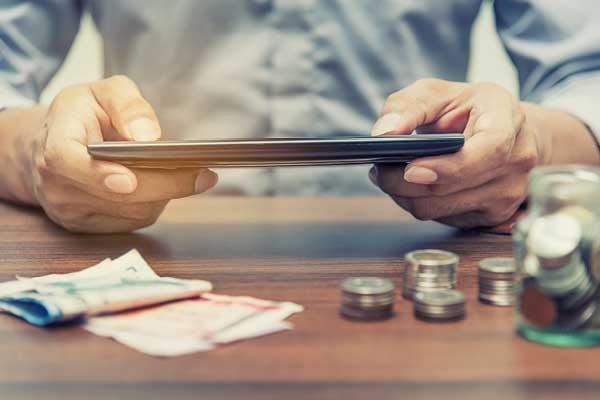Make it easier to pay yourself first

It means that when you get paid, you should set aside money for yourself – for long-term savings or short-term needs – before your other bills are taken out. It’s an easy concept, but for many folks, it’s hard to put into practice. A 2018 GOBankingRates survey found that 58% of Americans have less than $1,000 in their bank accounts.
So how can you make savings easier to achieve?
One way to build up a savings account is to use electronic funds transfers. Decide on an amount to take out of each paycheck, and set up that deduction to automatically occur on paydays. That way, you don’t have to think about putting money aside, and over time, you’ll create a savings account that can be used on short term goals or unplanned expenses, such as repairs on your home or car.
Utilizing a retirement plan through your work is another way to pay yourself first. You want to retire someday, right? If you qualify, Social Security may provide some income, but what will fund the rest of your day-to-day living expenses? You’ll need to save to cover those costs.
An employer’s retirement plan makes it easy to save for retirement by deducting contributions from each paycheck. You’ll be less likely to miss the money since it will come out before hitting your bank account. Over time, you can save a substantial amount for the future.
Find ways to make savings automatic, which makes it easier for you to get in the habit of paying yourself first.